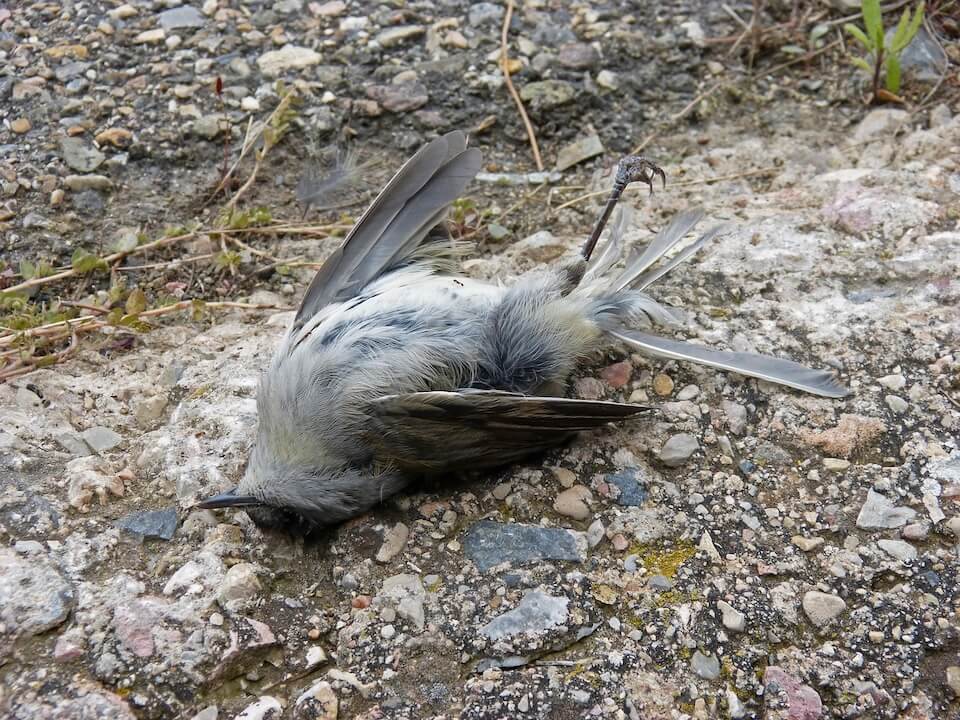How to Get Rid of Dead Animal Smell: Effective Odor Removal Tips

At first, it might just seem like something’s a little off. Maybe you assume it’s food waste, or the damp smell from an old basement. But after a day or two, there’s no mistaking it—something has died nearby, and now it’s making its presence known.
Whether it’s a dead mouse smell behind the stove or a dead rat smell moving through the vents, the odor is sharp, unmistakable, and it won’t go away on its own.
And you’re not alone. In places like Toronto, the problem has grown more common. A 2024 report showed the city’s cadaver pickup service was the most backlogged of the year. Spring, especially, brings a spike in calls across Ontario—dead animals in attics, walls, crawlspaces, and vents. If this scenario smells familiar, here’s what to do.
Step One: Find the Source (Before It Gets Worse)
The sooner you locate the animal, the less invasive the cleanup. Sometimes the problem is easy to spot—maybe it’s in the garage, under a shelf, or behind a vent cover. But in many cases, it’s not that simple. Dead animals often end up in air ducts, behind insulation, or somewhere else that’s tucked far out of view.
If you can see it and reach it, protect yourself. Wear gloves. Avoid touching anything directly. Double-bag the remains in a sealed plastic bag, and dispose of them according to your municipality’s guidelines.
But if the source is buried in a hard to reach area, resist the urge to go full demolition mode. Pulling apart ductwork or drywall without knowing what you’re doing can easily create more damage—and more cost. In these situations, calling in professional help is the smartest move.
Step Two: Clean the Area (More Thoroughly Than You Think)
Even after the animal is gone, the scent can hang around. That’s because as the body decomposes, fluids and bacteria are absorbed into wood, drywall, and insulation. It’s not just about smell—it’s also a hygiene issue.
Use an enzyme-based cleaner designed for breaking down organic matter. These products go deeper than general-purpose disinfectants and help neutralize the problem at its source. Avoid using bleach on porous surfaces like drywall or wood—it won’t reach the bacteria inside and may just add another harsh smell on top.
If the contamination is bad enough, you may need to replace sections of drywall or insulation. Not ideal, but necessary when odor has soaked in for more than a few days.
Step Three: Clear the Air
Once the site is clean, your next job is reclaiming the air. Odor particles don’t stay neatly in one place—they spread through fabric, carpet, and HVAC systems, especially if the ventilation ran while the animal was decomposing.
Place odor absorbers—things like activated charcoal, coffee grounds, or baking soda—near the affected area and in surrounding rooms. These draw out the smell rather than just covering it. Prefer natural ingredients? Citrus peels or shallow bowls of vinegar can also help reduce air-based odors.
And don’t forget your filters. If the scent made its way into your air circulation system, swap your filters as soon as possible. If the problem persists, it might be time for a professional duct cleaning to clear out any trapped particles.
Step Four: Let the House Breathe
It’s easy to underestimate how much ventilation can help. But opening doors, cracking windows, and running fans all play a big role in clearing lingering odors. Without steady airflow, even a well-cleaned space can hang on to the scent for days.
Let fresh air circulate whenever possible. Morning and late evening tend to offer the best airflow, especially if you’re cross-ventilating between rooms. It’s not a cure-all—but it works in tandem with everything else to speed things up.
Step Five: Keep It from Happening Again
After the smell fades and the cleanup is done, there’s one more thing to consider: how to keep this from happening again. Animals rarely enter a home by chance. They follow drafts, scent trails, or small gaps in the building envelope. And once inside, they tend to choose hidden, undisturbed places—attics, crawlspaces, inside walls—where they can remain unnoticed until, well, you smell them.
To prevent mice, squirrels, or other wildlife from returning, walk your property with fresh eyes. Check for damage around soffits, vents, chimneys, and foundation lines. Look for open points near window frames or utility pipes. Trim back trees or shrubs that create natural bridges to the roofline. And be sure vents and chimneys are screened.
At SWAT Wildlife, we do more than just remove intruders—we keep them from coming back. Our licensed technicians offer full exclusion work with services including rat removal, raccoon removal, bat removal, and bird removal. We don’t just close the door—we seal it.
Don’t Ignore the Message the Smell Is Sending
If a dead animal smell is drifting through your home, it’s not just an odor—it’s a warning. Something got inside, something died, and something was missed. Whether it’s an isolated event or part of a recurring pattern, this is a problem best solved quickly and completely.
At SWAT Wildlife, we take a full-spectrum approach. We find the source, remove it, clean the site, and protect your home from future invasions. If you’re dealing with dead animal odors—or suspect one may be developing behind the scenes—contact us.
We’ll help you clear the air—and keep it that way.